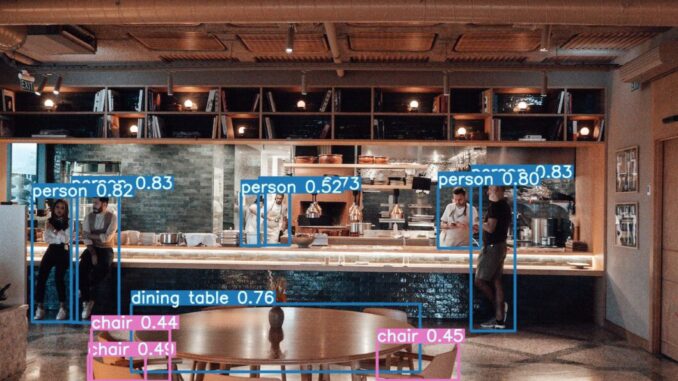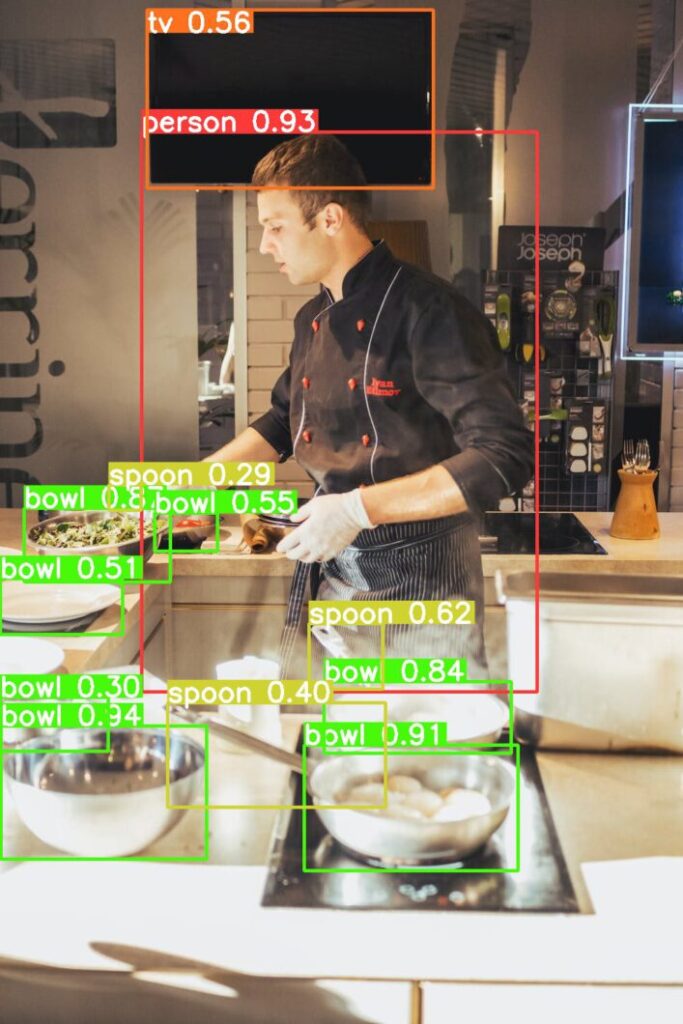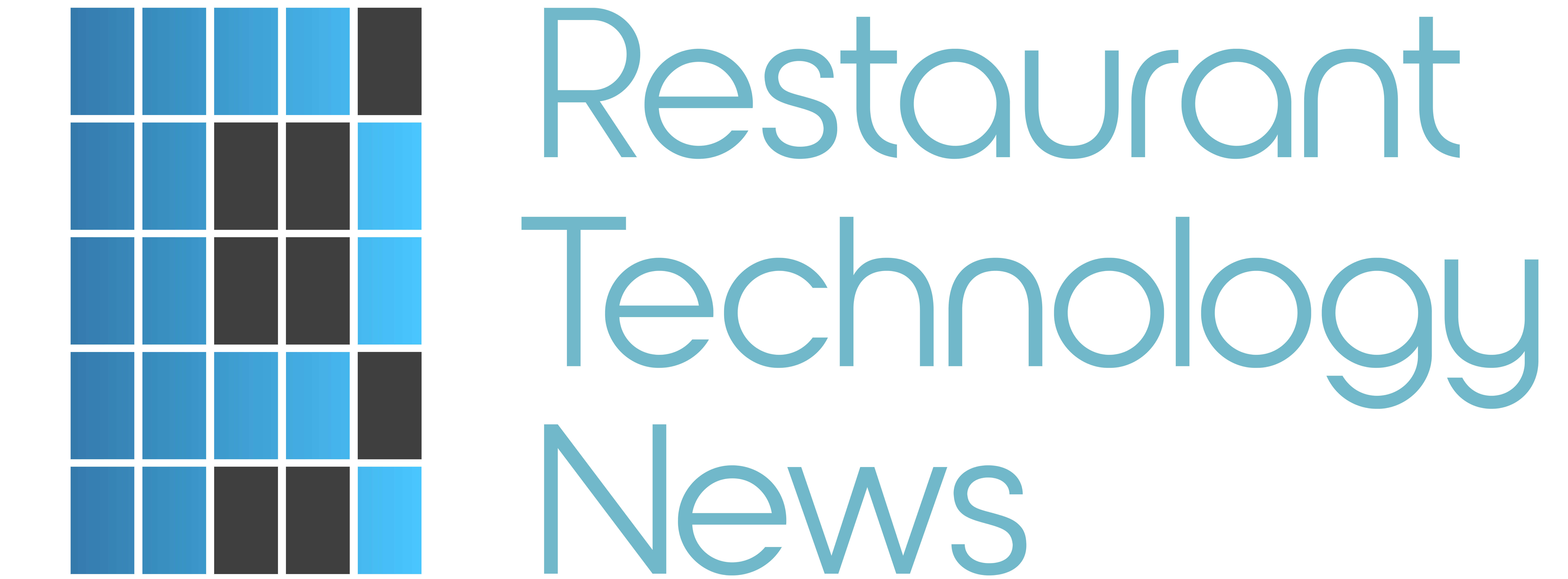
By Orit Naomi, RTN staff writer - 6.22.2025
Restaurants are increasingly deploying virtual assistants and AI bots to handle routine inquiries like menu details, loyalty queries, and order tracking, freeing up human staff for more complex service tasks. Enterprise platforms like Salesforce Agentforce and Microsoft Copilot are being embedded into customer-facing chat windows, apps, and call centers. These systems can resolve common questions, log loyalty credits, update delivery status, and escalate issues or create internal helpdesk tickets, all without routing customers to human agents. Some operators have reported cutting simple inquiry volumes by as much as 50%, while guest satisfaction rises thanks to faster, more consistent responses.
Salesforce Agentforce leverages Service Cloud and Data Cloud to deliver a conversational concierge experience. In hospitality applications, it assesses each customer’s history—past orders, loyalty status, open cases—and offers immediate answers or flags issues. Case examples include ezCater, where Agentforce enables natural language order creation, and OpenTable, which has used it to scale customer support globally, reducing reliance on human agents for basic inquiries.
Microsoft Copilot is increasingly showing up behind the scenes in restaurant operations. Partners like Smartbridge specialize in configuring Copilot Studio for the F&B industry, integrating it with POS, CRM, and supply chain systems. Copilot helps managers complete daily check-ins, create staff schedules, monitor inventory, track orders, and even file tech-support tickets when sensors detect equipment issues. Its new “Actions” feature now enables Copilot to autonomously book reservations or order inventory through web interfaces, which is a promising development for future restaurant workflows.
Beyond customer-facing chatbots, AI-powered operational support is advancing rapidly, helping restaurants streamline workflows and stay ahead of service disruptions. One of the most promising developments is in computer vision. Using camera-enabled systems from providers like NVIDIA NIM platform, Ultralytics, and emerging solutions built on platforms like Viso Suite, restaurants are now able to monitor dining areas, kitchen zones, and back-of-house spaces in real time. These systems don’t just passively record; they analyze. For example, cameras trained with AI models can detect when a table has been vacated but not cleared, automatically alerting staff to take action. This enables faster table turns and minimizes guest wait times, especially during peak hours.
 The same technology is being used to assess line lengths, track guest flow, and even identify understaffed service zones, offering managers a live snapshot of where attention is needed most. In fast-casual environments, vision-based tools can help automate order queue management, alerting kitchen teams when a bottleneck is forming or when a pickup shelf is getting crowded. In back-of-house environments, AI vision is also being applied to food safety and equipment monitoring. For instance, if a cooler door is left open for too long, or if a delivery is blocking a kitchen egress, the system can trigger automated alerts—either to on-site managers or to centralized operations teams—before compliance or safety issues arise.
The same technology is being used to assess line lengths, track guest flow, and even identify understaffed service zones, offering managers a live snapshot of where attention is needed most. In fast-casual environments, vision-based tools can help automate order queue management, alerting kitchen teams when a bottleneck is forming or when a pickup shelf is getting crowded. In back-of-house environments, AI vision is also being applied to food safety and equipment monitoring. For instance, if a cooler door is left open for too long, or if a delivery is blocking a kitchen egress, the system can trigger automated alerts—either to on-site managers or to centralized operations teams—before compliance or safety issues arise.
With real-time anomaly detection, staff are no longer reliant on periodic walkthroughs or manual checks. Instead, AI systems act like digital eyes and ears, always-on and context-aware. These tools are increasingly integrated with facility management and workforce scheduling platforms, enabling a more unified response. The long-term potential is even greater: camera data could soon power predictive maintenance routines, forecast labor needs based on historical traffic patterns, and inform training needs by identifying recurring gaps in execution. As edge AI continues to advance and APIs become more flexible, these smart vision systems are rapidly becoming a foundational layer of modern restaurant infrastructure.
According to Smartbridge, a global restaurant group processed over 6 million guest survey responses using a generative AI tool built on Azure. The system automated sentiment analysis, organized tickets by topic, and summarized customer feedback—all 24/7 and at scale. Automations like these are helping chains quickly identify common complaints or surface menu improvement opportunities.
Behind the AI “curtain,” integrations rely on edge/cloud orchestration and API frameworks. Customer-facing queries typically route through secure chat interfaces to Agentforce or Copilot, which reference CRM data or ticket logs. Simultaneously, camera alerts and sensor data flow into AI pipelines hosted in AWS, Azure, or on-prem edge devices (e.g., NVIDIA Jetson), triggering real-time alerts in Slack, Jira, or ServiceNow. This infrastructure enables restaurants to respond immediately (a spilled drink, tech glitch, or guest request) without waiting for human triage.
Together, these virtual assistants are forming an invisible team that supports both guests and internal operations. They are answering tens of thousands of questions, freeing managers and staff to focus on hospitality, and moving restaurants toward a future where “agentic AI” systems proactively identify issues and respond intelligently. As these systems evolve, expect them to shift from passive responders to proactive teammates: flagging anomalies before they escalate, preparing staff for busy periods, and even initiating substitutions when inventory runs low.
In short, virtual assistants have become more than chatbots. They’re becoming essential members of restaurant teams, making operations smoother, service more consistent, and above all, keeping both customers and employees happier.

